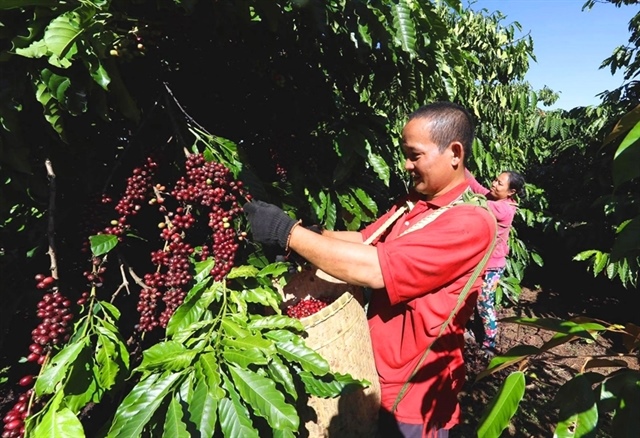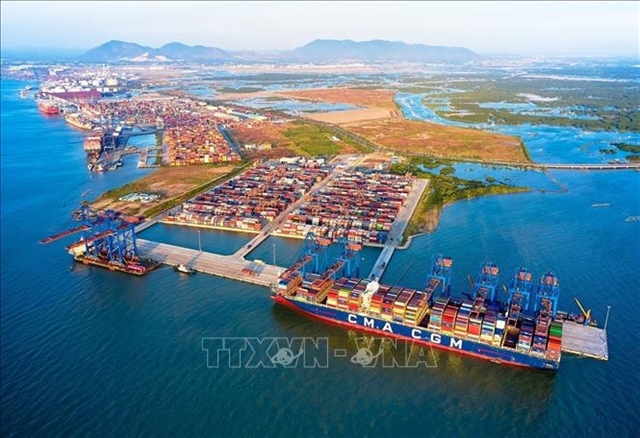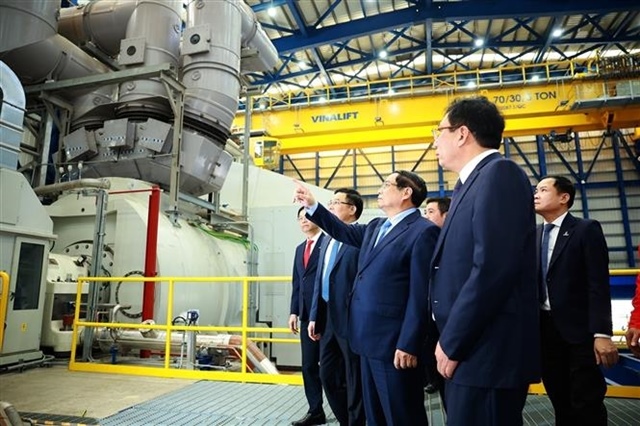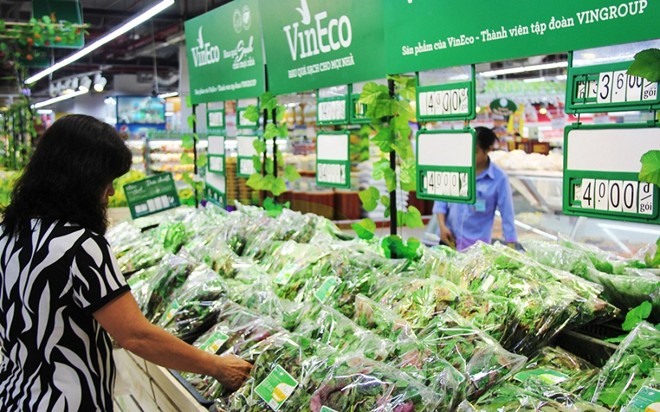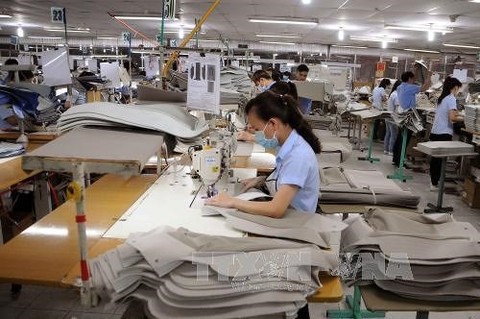Textile industry dyeing for capacity
Textile industry dyeing for capacity
Leading Taiwanese apparel maker Eclat Fabrics has requested permission to increase dyeing production capacity in its Ba Ria-Vung Tau factory from 10 per cent of the factory’s output to 100 per cent, amid concerns from local authorities regarding the risk of adverse impacts on the environment of the Thi Vai River.
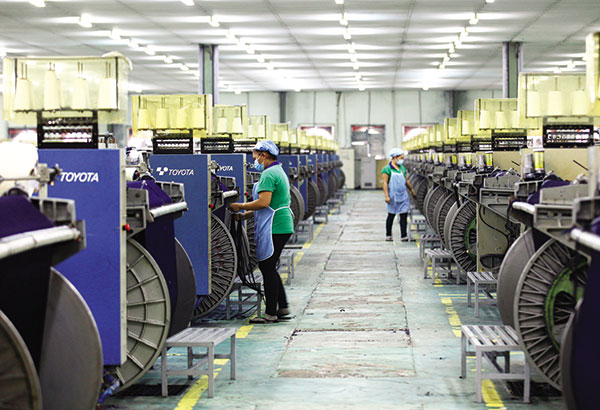
In a document to the Vietnamese government that was accessed by VIR, general director of Eclat Fabrics Vietnam (EFV) Hung Cheng-Hai claimed that although EFV has invested in high technology and highly experienced experts, its factory in the southern province of Ba Ria-Vung Tau has not run at full capacity due to the low rate of textile dyeing.
Eclat Fabrics, which has several well-known clients including Nike, Adidas, and Lululemon, received an investment certificate to develop the $40 million facility in 2007. However, according to the EFV document, “The limited rate of dyeing has made barriers for our business.”
In 2006, to protect the Thi Vai River against heavy pollution, the Vietnamese government instructed Ba Ria-Vung Tau to ban five industrial manufacturing sectors along the river, including dyeing, tanning, starch processing, latex processing, and chemical production.
In 2007, however, the Ba Ria-Vung Tau Department of Natural Resources and Environment approved the environmental impact statement for the EFV project. The Ba Ria-Vung Tau Industrial Parks Management Authority then issued an investment certificate to the company to develop the project, setting dyeing at 10 per cent of the output.
Since then, provincial environmental authorities have expressed concern that, if the factory dyes 10 per cent of its fabrics, the discharged wastewater could pose a high risk for the aquatic environment of the Thi Vai River in the future.
The Thi Vai River begins near Nhon Tho village in the southern province of Dong Nai’s Long Thanh district, then runs through Ba Ria-Vung Tau’s Tan Thanh district and Ho Chi Minh City’s Can Gio district before pouring into the East Sea. Its total length is some 76 kilometres and its total basin area is some 300 square kilometres. Many of the companies operating in the two provinces have been found to be discharging untreated wastewater into the river.
Like many developing countries, Vietnam is undergoing rapid industrialisation. This has created prosperity but has taken a toll on the country’s natural environment and public health.
Urbanisation and the rapid formation of industrial zones have caused rivers and waterways and their surrounding basins to become polluted at alarming levels.
The EFV factory is not the only case of dyeing coming into conflict with local authorities for environmental reasons. The Hong Kong-backed TAL Group asked the government and the Vinh Phuc People’s Committee to grant investment certificates for a $350 million textile and garment dyeing project, but Vinh Phuc reported that the project was expected to discharge large volumes of wastewater flowing through highly populated areas, with potential adverse effects for agricultural production, aquaculture, and daily life.
Assessing investment in industries of high pollution risk in Vietnam, especially textile-dyeing projects from China, Phan Huu Thang – former director of the Foreign Investment Agency under the Ministry of Planning and Investment – said that China is now paying the price for the rapid development of its textile industry with heavy pollution. He argued that Vietnam should be careful with textile-dyeing projects, to avoid falling into the same trap of environmental degradation.
Vietnam now has about 4,000 garment and textile companies, including 650 foreign-invested firms. 70 per cent of these are garment companies, 17 per cent are textile companies, 6 per cent are spinning companies, and 4 per cent are dyeing companies. This demonstrates that Vietnam’s capacity is centred on the final stages of “cut, make, and trim”, while its low capacity in spinning, weaving, and dyeing makes it unable to produce sufficient inputs to supply domestic garment and textile companies.
To create conditions to attract investment into the textile and garment sector without risking adverse impacts on river environments, the Vietnam Textile and Apparel Association has suggested that the government adjust textile-garment planning in the period 2035-2040, and build textile industrial zones of 500 to 1,000 hectares to encourage investment in spinning, weaving, and dyeing.


